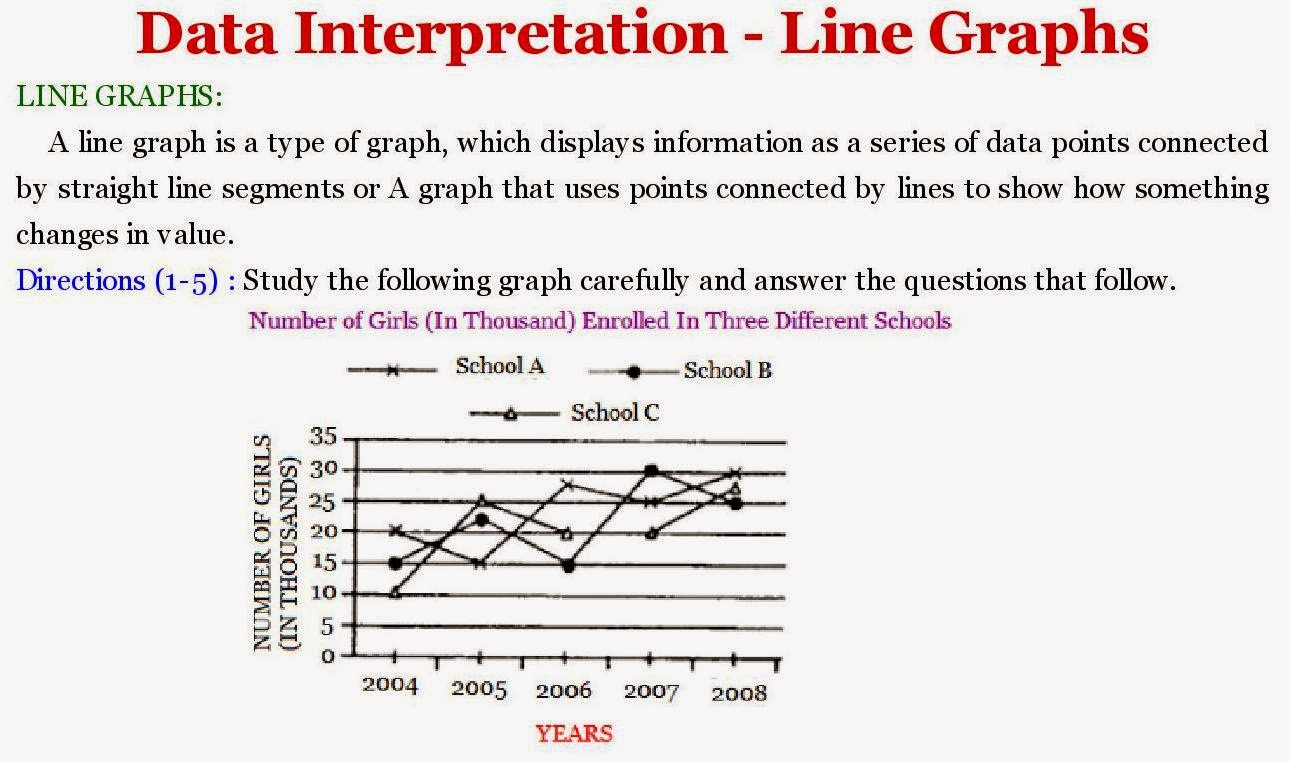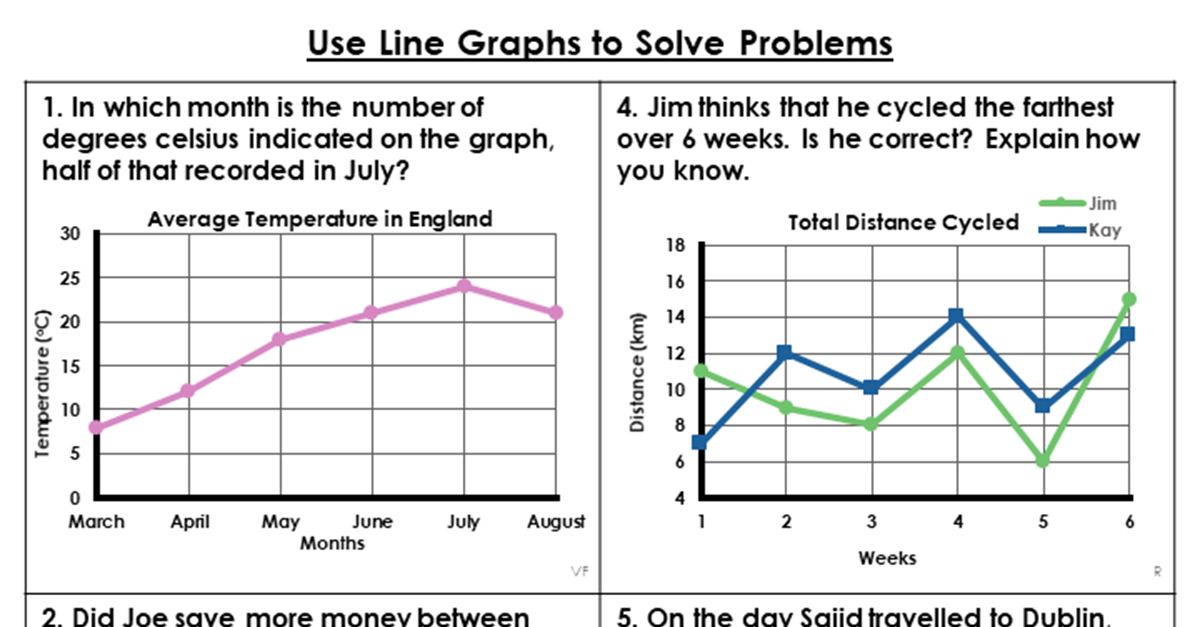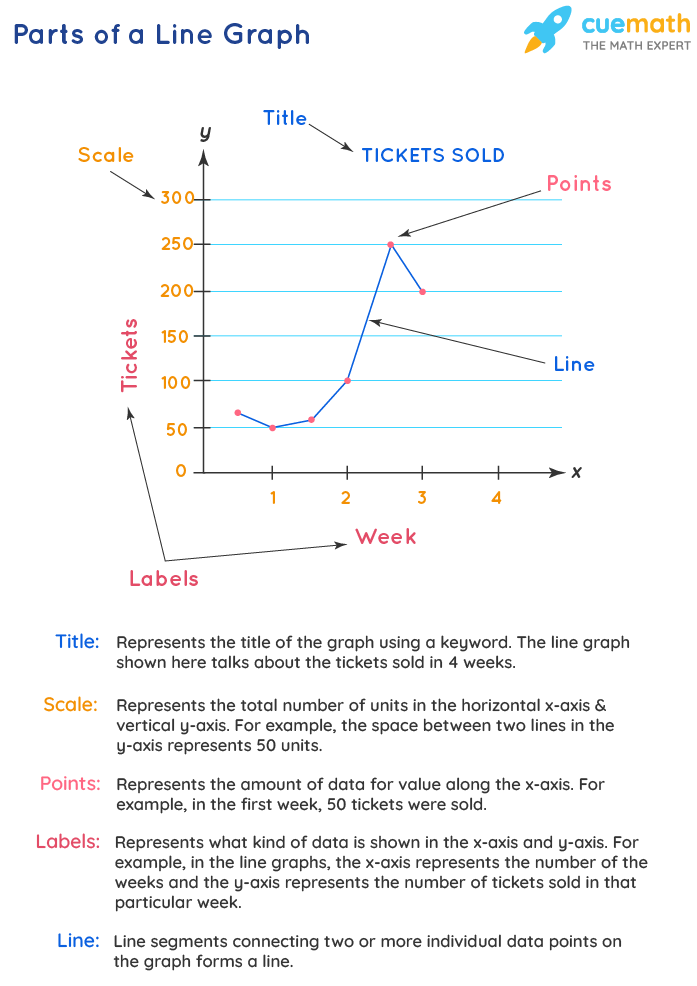Favorite Info About How Do You Interpret A Line Chart To Put X And Y Axis On Excel

Through various examples, learn how to read and interpret different line.
How do you interpret a line chart. To interpret a graph or chart, read the title, look at the key, read the labels. The graph shows how the dependent variable changes with any deviations in the independent variable. The horizontal axis depicts a continuous progression, often that of time, while the vertical axis reports values for a metric of interest across that progression.
Using sentence starters to analyse graphs. Line graphs consist of two axes: Understanding how to interpret these graphs can help rare disease families understand important scientific discoveries and potentially understand clinically relevant information.
Line charts are often used to show changes over time, with the x axis representing time. Money, number of people, percent change, etc.). For most line charts, the horizontal axis represents a dimension of time, while the vertical axis represents a quantitative value (ex.
Additional strategies to support students to read graphs can be found in 'language for graphs and statistical displays'. Every line graph must include which of the following features? A line graph is way to visually represent data, especially data that changes over time.
A line chart graphically represents an asset's price over time by connecting a series of data points with a line. The main benefit of this type of graph is that you can spot trends in the data over time. Understanding these components will enable you to interpret them accurately and make informed decisions based on the insights they provide.
In a line graph, you plot data points on a set of axes and then draw a line to connect these points. A line chart clearly shows the increasing or decreasing trend of a particular item. Then study the graph to understand what it shows.
For the series values, select the data range c3:c14. Two strategies to support students to interpret graphs are: Also sometimes called a line chart, line graphs are a type of graph that demonstrates how data points trend over a continuous interval.
A line graph is a unique graph which is commonly used in statistics. It doesn’t matter if you’re a data visualization novice or a seasoned analyst, our examples serve as a rich repository of inspiration and practical application. Line graphs, with lines connecting points of data to each other, can provide insights into various kinds of data.
Line graphs and bar graphs are both visual ways of representing two or more data sets and their interrelation. Use a scatter plot (xy chart) to show scientific xy data. Let’s explore the essential elements of a.
The dollar value of her car changed each year as shown in the table below. In other words, graphs are pictures that show you how one thing changes in relation to another. This is the most basic type of chart used in finance, and it typically only.


:max_bytes(150000):strip_icc()/dotdash_INV_Final_Line_Chart_Jan_2021-02-d54a377d3ef14024878f1885e3f862c4.jpg)




















